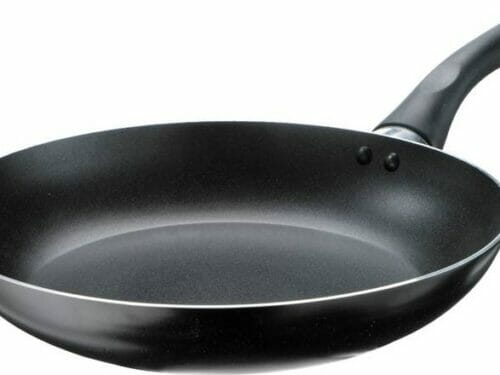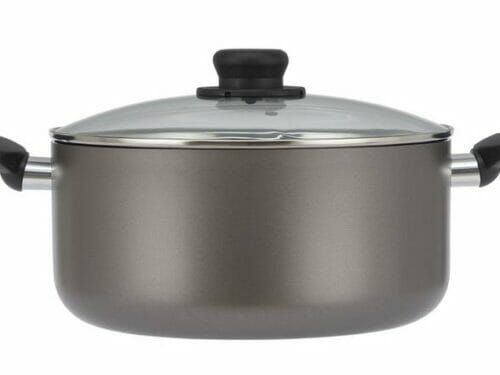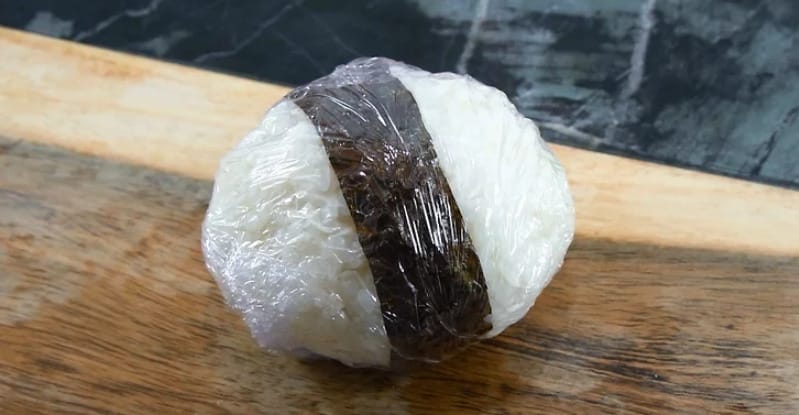
Japanese Rice Balls Onigiri Recipes
Onigiri are great for lunch or dinner. They can be filled with a variety of different ingredients, from fried chicken to shredded beef. In addition to sushi rice, you can fill onigiri with shredded meat, vegetables, or even avocado. Alternatively, you can use your favorite fillings, like mashed potato, shredded chicken, and squid. You can also serve onigiri for breakfast.
Print
Pin Recipe
Servings: 12 Rice Balls
Calories: 474kcal
Add to Collection
Equipment
Ingredients
Onigiri Ingredients:
- 400 g Sushi rice
- 590 mL Water
- 11.38 g Salt
- 4 - Nori sheets
Salmon Filling (for 4 onigiri):
- 1 - Salmon fillet
- 5.69 g - Salt
Umeboshi Filling (for 4 onigiri):
- 3 - Pickled plums deseeded and chopped
Okaka Filling (for 4 onigiri):
- 2 packs Bonito flakes
- 30 mL Soy sauce
Tuna-Mayonnaise Filling (for 4 onigiri):
- 1 can Tuna
- 14.6 g Japanese mayonnaise
Instructions
Preparation of Sushi Rice:
- Rinse sushi rice until water runs clear; this removes impurities and enhances the taste without affecting stickiness.
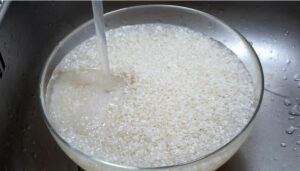
- Soak rice to encourage even cooking; after 30 minutes, drain and let it stand for quarter of an hour to dry slightly.

- Cook rice with water in a covered pot; ensure even submergence and consider using a rice cooker for consistent results.
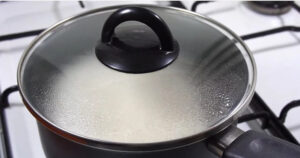
- Boil, then simmer until water is absorbed; look for tender grains and extend cooking by a minute if necessary.
- Steam off-heat before fluffing; separate the grains gently, allowing it to be warm but manageable to the touch.
Creating Fillings:
- Bake salted salmon fillet, then flake; pre-cooking during rice soaking saves time, or substitute with canned salmon.
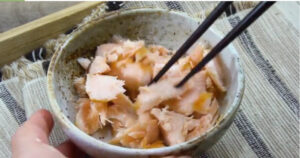
- Extract seeds from umeboshi; sourness balances against the milder rice
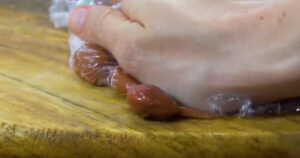
- Ensure they're finely chopped.
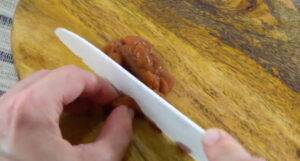
- Combine bonito flakes with soy sauce
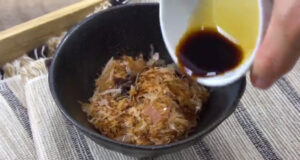
- Aim for moistened flakes without excess liquid pooling at the bottom.
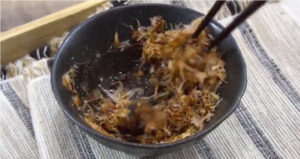
- Blend tuna with mayonnaise and a hint of soy; the Japanese variety of mayonnaise offers a distinct flavor profile.
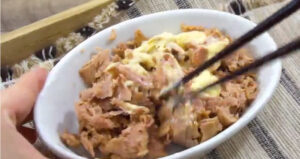
- Experiment with fillings; consider leftover meats or other flavorful ingredients, ensuring they're not too wet.
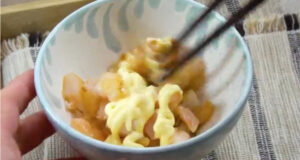
Forming Onigiri:
- Cut nori into convenient strips; these provide grip and enhance flavor, though their size is up to personal preference.
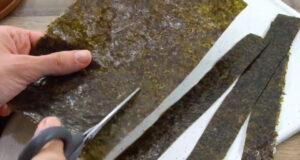
- Prevent sticking with saltwater; moisten hands frequently to ease the shaping process and preserve the rice.
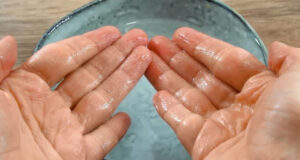
- Portion rice onto hand or surface; aim for uniformity, using tools or plastic wrap if preferred.
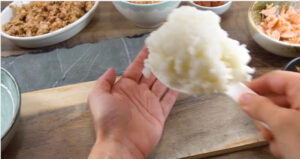
- Create a filling receptacle; indent the center without breaking through, adjusting for adequate containment.
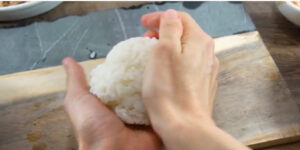
- Add filling with moderation; overstuffing complicates sealing and can compromise the onigiri's integrity.
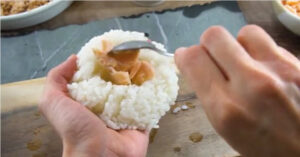
- Seal and shape firmly but gently; sculpt round or triangular forms, maintaining consistent pressure to bond the rice.

- Complete with nori wrapping; this final touch secures the shape and offers a clean eating experience.
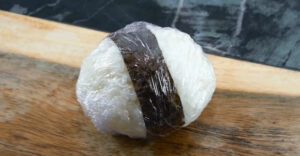
- Store individually; maintain freshness with tight wrapping and separate nori, being mindful of filling perishability.
Video
Notes
Note: For longevity, consider the nature of your chosen fillings, with some lasting outside refrigeration and others requiring it. Freezing is also an option for extended shelf life.
Nutrition
Serving: 4servings | Calories: 474kcal | Carbohydrates: 90g | Protein: 10g | Fat: 9g | Saturated Fat: 1g | Polyunsaturated Fat: 3g | Monounsaturated Fat: 4g | Sodium: 1754mg | Potassium: 432mg | Fiber: 6g | Sugar: 17g | Vitamin A: 6954IU | Vitamin C: 4mg | Calcium: 127mg | Iron: 3mg
© Food And Meal
This website provides approximate nutrition information for convenience and as a courtesy only. Nutrition data is gathered primarily from the Spoonacular Database, whenever available, or otherwise other online calculators.
